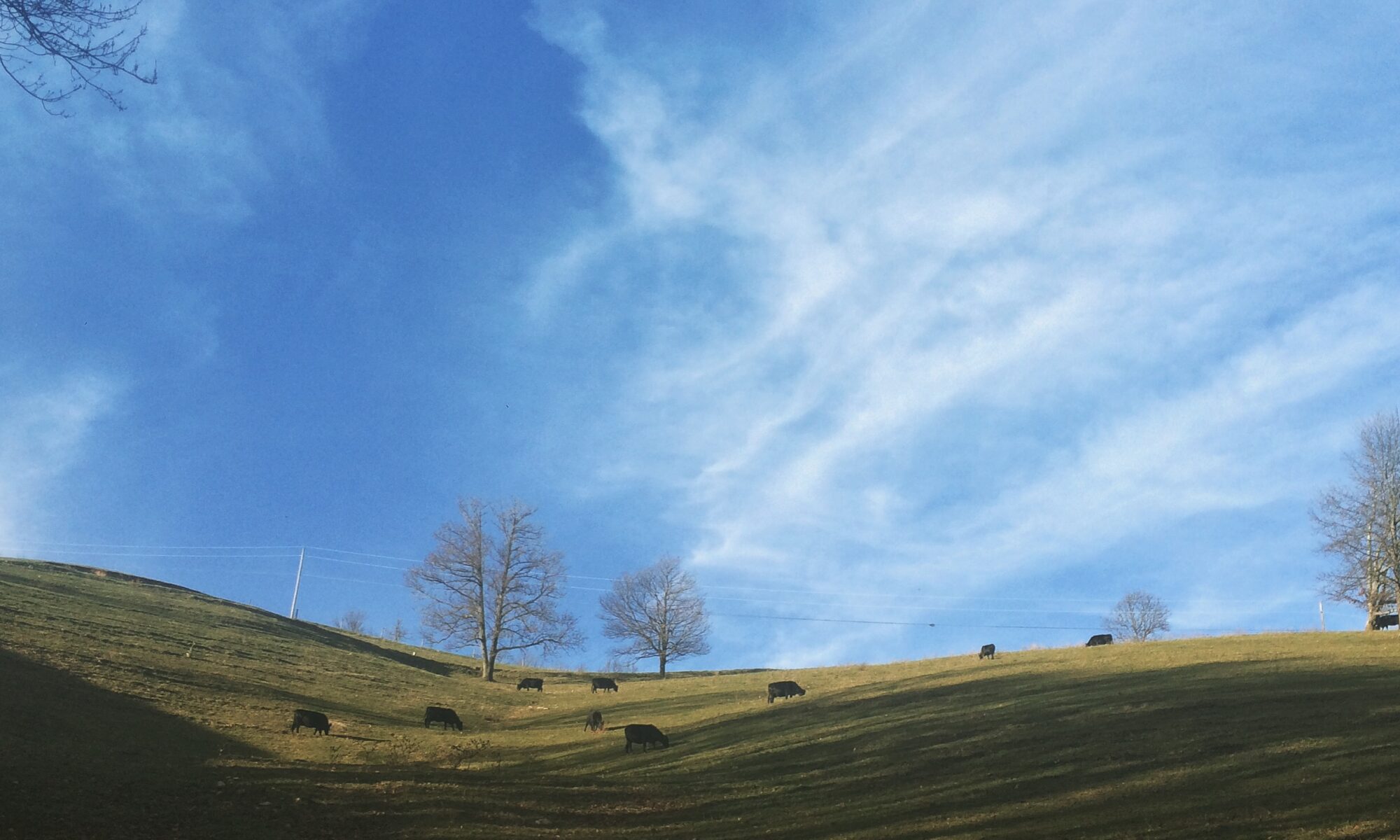

Dr. Katie Mason
Assistant Professor and Extension Beef Cattle Nutrition Specialist
Department of Animal Science
P: 865-974-8941
Originally published in Progressive Cattle magazine: https://www.agproud.com
Forage availability fluctuates throughout the year, which means forage management varies by season and pasture condition. Generally, in tall fescue-based systems, May is a month when we have abundant forage. It is important to take advantage of forage while we have it, but this time of year we may have more than we need! Using a rotational grazing method can help to utilize forage more efficiently, leading to more grazing days on the same amount of pasture and saving excess forage for a time of year when forage availability is limited. In general, improved grazing management practices can be beneficial to cattle operations for a number of reasons including improved forage utilization, decreased feed costs, better forage persistence, more uniform manure distribution, improved water quality, and decreased soil erosion.
Grazing management practices impact both the quality and the persistence of forage plants. The main goal of promoting plant persistence is to maintain energy reserves stored in the form of carbohydrates to improve stand longevity. After a grazing event, plants use stored energy for initial regrowth. Implementing rotational grazing practices will allow time for the plants in one area of the pasture to rest and recover, while providing grazing in another part of the pasture. If rest and recovery time are not provided, plants that have less root reserves or stressed plants can die quickly, opening up the canopy and allowing weeds to invade the stand.
Rotational grazing is not without challenges. There is an initial input cost associated with fencing systems used to divide pastures. Water availability is also an important factor. For those who rely on a stationary water source, creating alleys back to the water source or finding a way to run water to various paddocks may be required. When designing a grazing system, try to create paddocks such that animals can access the same water source from multiple paddocks. There is also a labor consideration in rotational grazing systems. It takes additional time and effort to move cattle from one paddock to the next. But do not get caught up on having the “right” number of paddocks; more is not always better. Any amount of paddocks is better than only having one, so tailor the system to fit the time that you have available. You may also consider using the various technologies available to move cattle, such as automatic, timer-based systems.
Rotational grazing systems are not a one size fits all approach. However, the benefits are certainly worth the effort, leading to more grazing days on the same amount of pasture and an overall healthier forage system.